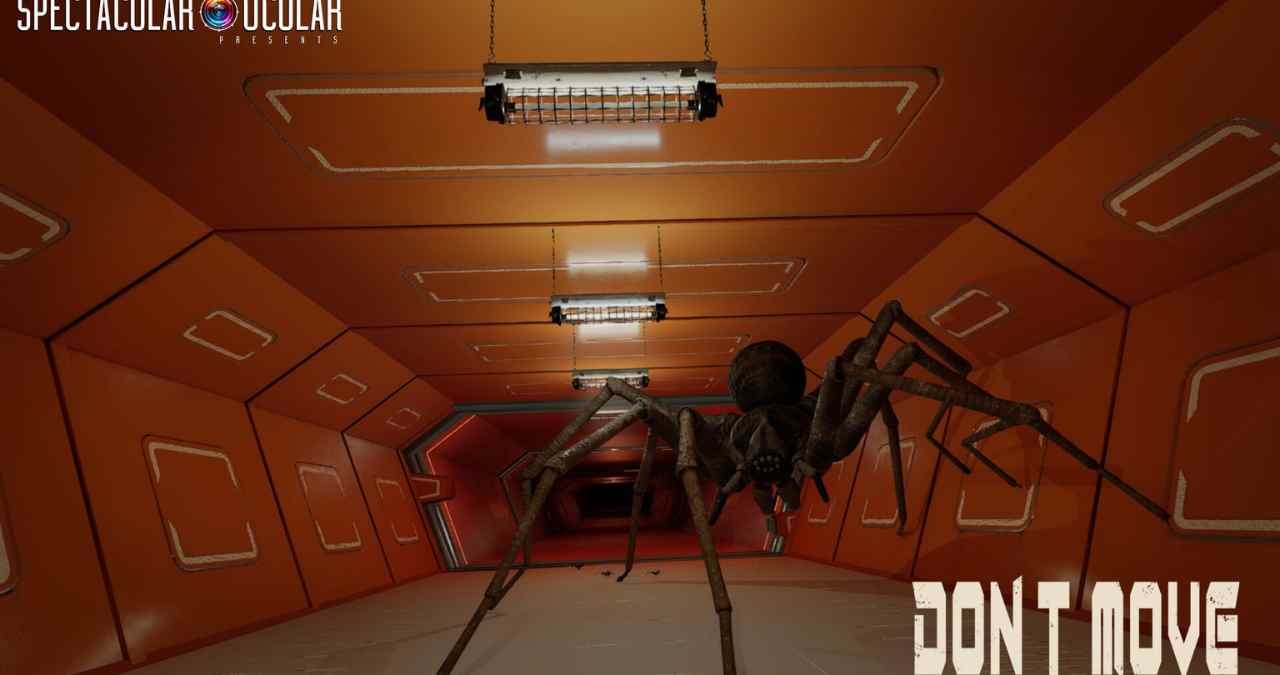When it comes to VR horror, most titles rely on jump scares, dark corridors, or fast-paced enemies. Don’t Move flips that approach on its head. It’s not about running or hiding, it’s about staying absolutely still. And in a fully immersive headset, that simplicity is what makes it so intense.
Releasing October 10 for Meta Quest, this is a horror experience that asks players to resist every natural instinct. With your own physical body as the controller, even the smallest twitch becomes part of the game.
Minimal movement, maximum tension
At the core of Don’t Move is a clever mechanic: standing still. The game places players in unnerving, high-stress scenarios, where reacting physically turning your head, shifting your weight can have consequences. The goal is to maintain complete stillness as the world around you grows more surreal and threatening.
This isn’t just a VR gimmick. The motion-tracking becomes part of the psychological pressure. There’s no HUD, no complex controls, just you and the sensation that something is always watching.
A compact, narrative-driven experience
Don’t Move is built as a short-form, one-sitting title. It leans heavily on atmosphere and narrative pacing rather than mechanics or replayability. Think of it more as an immersive horror short film, where the pacing is tightly controlled to maximize psychological discomfort.
The environments are minimal but evocative, and the sound design does a lot of the heavy lifting. It’s clearly targeting fans of slow-burn horror, rather than those looking for action or puzzles.
A unique entry in VR horror
While many VR horror titles push for physical interaction and exploration, Don’t Move goes in the opposite direction. Its restraint is what makes it stand out. The stillness isn’t just part of the story it is the story.
By stripping away movement, the game forces you to engage differently, making it an interesting case in VR design. It’s not trying to scare you with volume or gore, but with the uncomfortable awareness of your own body. Whether it lands as a niche curiosity or a cult favorite remains to be seen, but it’s undeniably one of the more experimental horror concepts hitting Quest this year.
Virtual Reality Explorer & Game Reviewer
Always the first to plug in. VRSCOUT dives head-first into the most immersive VR worlds, analyzing mechanics, comfort, innovation, and that elusive “presence” factor. If he says it’s worth it, it probably is.




